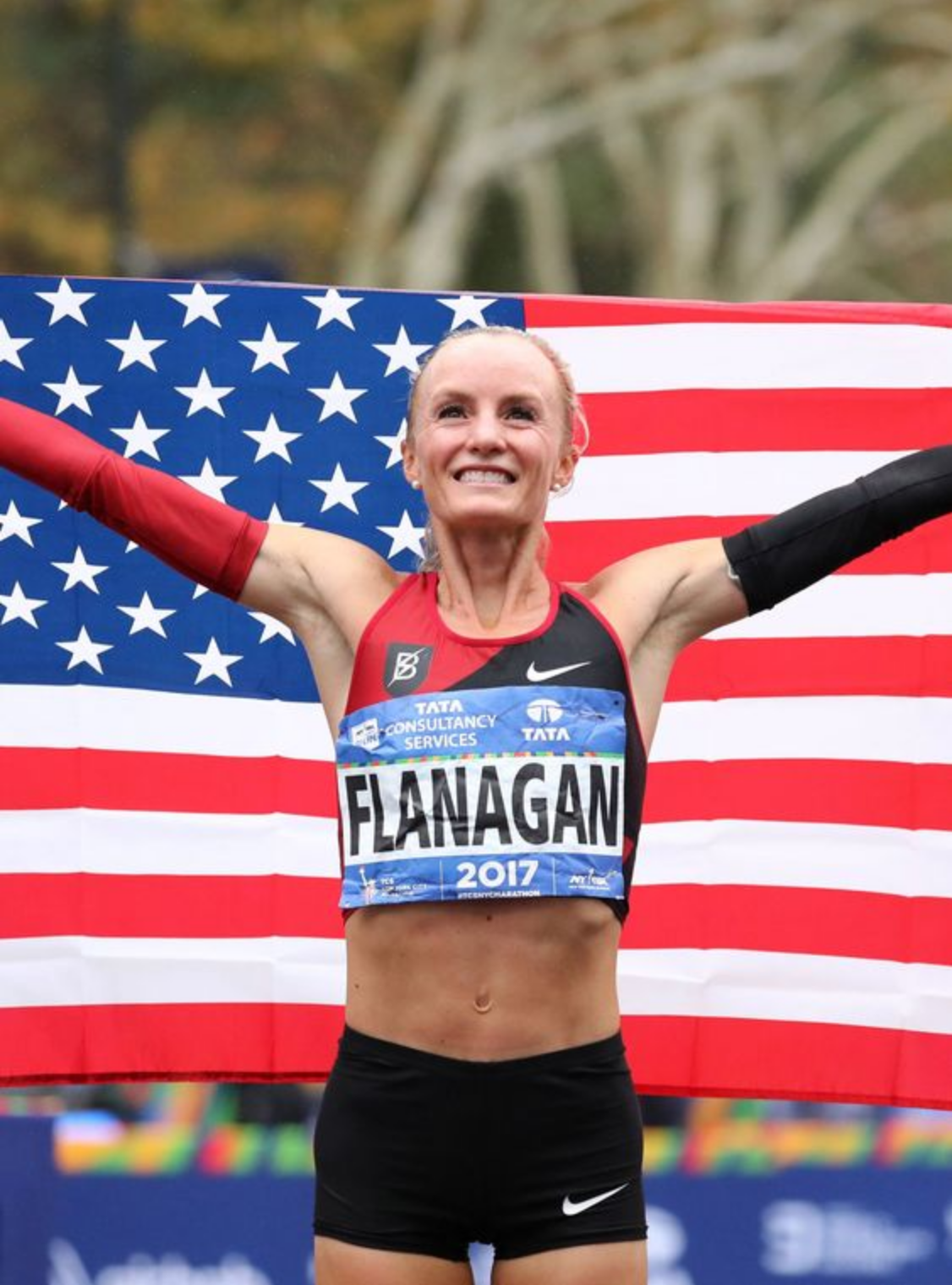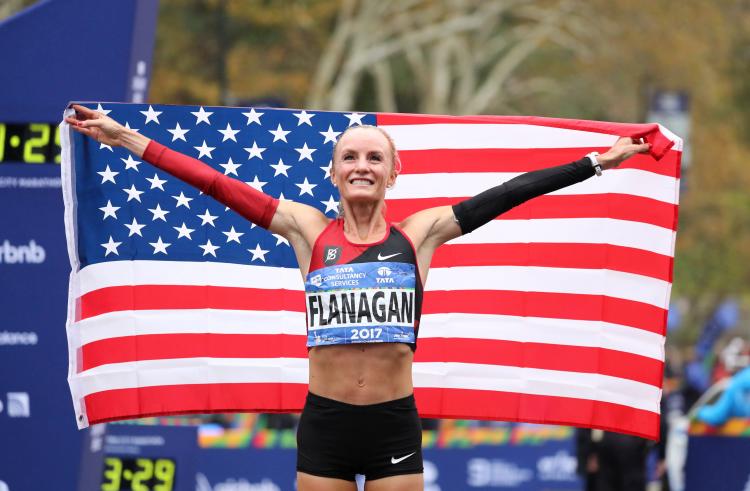Men and women have inherent differences when it comes to sports. Many studies show that women are better at endurance sports compared to men, while men are better at explosive and power-driven actions. While physical differences are a factor, a lot of these differences also stem from the mental approach that each sex has when it comes achieving their sporting goals.
Male and female athletes differ in how they visualize outcomes when it comes to sports. Visualization is a highly important strategy athletes use to be able to perform at their best. However, men tend to look more at outcomes (ego-oriented) whereas women focus on processes (task-oriented). Business Insider presented a study that showed how a woman’s performance is less affected by crucial moments compared to a man’s. The study found that “men consistently choke under competitive pressure” as they see the outcome they want disappear. One reason for this is because male athletes tend to focus more on the goal instead of the process. To delve a little deeper into this claim, we’ll look at specific cases of athletes and how they make use of imagery and visualization.
Shalane Flanagan
Shalane Flanagan is a long distance runner who won the NYC marathon in 2017. Her 2017 victory marked her first international marathon win, and Flanagan’s training regimen incorporated visualization and imagery strategies. However, she didn’t just focus on visualizing herself at the finish line. She was very task-oriented and used images to help her work on the process and steps that would get her to the top spot. Flanagan would picture herself working towards the dream she had since she was young, and this powerful mental tool worked.
Female athletes generally tend to be more process-oriented, which helps them focus on the tasks necessary to get them to the finish line. Flanagan had been training for 13 years before she finally achieved her win. To help her accomplish this, she would write daily goals in her training log and visualize the everyday tasks that needed to happen to make it easier to achieve that monumental goal.
Galen Rupp
Lochbaum et al. conducted a study on how young athletes in the USA and Norway orient themselves when it comes to playing sports. The study, a bigger percentage of which were males, found that a majority of young athletes across both sexes have stable ego orientation scores. This means that they tended to focus on the intended results rather than the task that should be done to get there.
Multi-medalist and long distance athlete Galen Rupp also makes use of mental visualization in his training. His method for success is to visualize the fact that he is doing it for something bigger than himself. While he does find the value in looking at the bigger goal, Rupp recognizes the need to break this down to smaller outcomes. Rupp said in an interview with Parker Nash: “sometimes when you look at the big overall [picture] it does seem a little daunting, but I think all those things it’s really just segmenting it up.” His approach is to set a small goal in his mind and then work towards that outcome. His visualization process is always about reaching the next objective in order to move forward.
Dame Kelly Holmes
Dame Kelly Holmes is a retired middle-distance runner from the UK. The runner specialized in 800-meter and 1,500-meter events. Dame Kelly Homes is one of the UK’s most iconic female sports stars having won two gold medals in the 2004 Olympics. Despite all her training, she attributes her history in the army for giving her the focus she needed to succeed. HR Magazine quotes the Olympic medalist as saying, “I find there is a positive to take from every performance. Why would you bother, if this weren’t the case? You either celebrate success, or you can learn something.” This mindset helped keep the elite runner process-oriented, as she sees value in every small task. She made sure to take away something from each performance, whether it was success or a learning experience.
As these athletes show, visualization in sports can differ between male and female athletes. If you are thinking of taking part in an upcoming event, consider trying each approach to see which one works best for you.
Written by Aisha Colleen
Exclusive for activacuity.com








